The Berm Home – Underground Living Meets the Surface
Underground homes have long been used to provide shelter. Though in the last few hundred years they have become less common. The first thought that comes to mind for most people when I say underground homes is living in a cave. While that would be possible it is not at all what I mean. A Berm Home combines the security, efficiency and stability of an underground home with the flexibility, stylish design and access to light provided by traditional above ground homes.
***Also check out our Arched Cabin Article***
Due to their design, which incorporates them into the earth around them Berm Homes provided shelter from severe weather and an exceptionally quiet living space. Since they are incorporated into the surrounding landscape they often provide a minimally intrusive presence in the area. They also benefit from an almost constant interior temperature due to the insulating properties of the surrounding soil.
Underground Home History
Underground living has been around since prehistoric times when our ancestors lived in caves. Throughout the centuries it has continued to exist in various forms. Underground structures have been employed throughout history. Military strongholds and berm living can be seen to this day in the remnants of various forts. These are scattered all around the world.
A berm home is simply a version of an underground home that takes advantage of earth sheltering.
According to Wikipedia Earth Sheltering can be described as:
“Earth sheltering is the architectural practice of using earth against building walls for external thermal mass, to reduce heat loss, and to easily maintain a steady indoor air temperature. Earth sheltering is popular in modern times among advocates of passive solar and sustainable architecture, but has been around for nearly as long as humans have been constructing their own shelter.”
Berm Homes can also be considered to be an extension of the turf houses built across the plains in the pioneer days. They can still seen today in Iceland as outbuildings.
What Defines a Berm Home
A berm home is usually built in a manner that only partially places it underground. Generally a berm home or bermed home is built mostly above the grade of the surrounding land. Hence the term “berm”.
The Merriam-Webster Dictionary defines a berm as – “a mound or wall of earth or sand”.https://www.merriam-webster.com/dictionary/berm
In addition to being built into a man made berm they are built into the sides of existing hills. One popular tactic in areas that are primarily flat is to dig a large pond first. You can then use that dirt to build the berm. The house is later built into this berm.
Most berm homes tend to have one side of the residence totally exposed to sunlight. At the same time the other three sides may be partially or completely covered by earth. Most often in the US and Canada this is the southern facing wall. This is because it allows the most sunlight to enter the residence. This placement in the earthen berm allows the home to take advantage of the natural temperatures of the earth. We will discuss this benefit in more depth in a bit.
The Benefits Broken Down
There are numerous benefits to a Berm Home. These include the already mentioned resistance to severe weather, heating and cooling benefits, ability to blend into the environment, quiet living, and energy efficiency.
Resistance to Severe Weather
Since a berm house is built primarily underground with only one exposed surface in most cases it tends to be very resistant to severe weather. Storms such as hurricanes, tornados, and blizzards will have minimal effect on them.
In the cases of hurricanes and tornadoes their effects will be lessened due to the berm of earth sheltering the structure. This berm causes the winds to flow over it. Since the home is built above grade and then bermed the likelihood of leaking or flooding is much lower than that of an underground home. Additionally in most cases weather patterns in the US move from the west to east. This is due to the jet streams effect on weather patterns. While it is not guaranteed the southern facing exterior takes advantage of this fact.
Energy Efficiency of Berm Homes
The second and one of the most popular benefits of this style home is the energy efficiency. It is estimated that the average american home spends around 48% of their energy bill on heating or cooling. When you consider that the normal thermostat setting tends to be between 70 and 78 degrees Fahrenheit and exterior air temperatures can range from 0 to over 100 degrees Fahrenheit, you can see that it takes some effort to reach these desired temperatures.
Soil and Insulation R-Value
This is where the soil surrounding a berm home comes into play. While insulation is typically rated in R-Value which is the resistance of a given material to heat transfer. This insulation is what allows you to heat or cool your home. It also allows you to keep it that way as efficiently as possible. Soil does not function in quite the same way.
Insulation of a given thickness will do a better job of keeping the heat in or out. This depends on what season it is. However normal insulation is unable to take advantage of the ability of the surrounding materials to maintain a constant temperature. Soil has an estimated R-Value of .25 per inch. This number varies slightly based on the soil type.
According to the Department of Energy the recommended R-Values of the US range between 1 and 7 depending on the region that you are in.
If you compare those recommended numbers with the R-Value of soil then you would need at a minimum of 4 to 28 inches thickness to reach those desired numbers. When you are discussing a berm home these depths are not that difficult to meet. For instance due to the slope effect of a berm you may have at a minimum 36 inches or more near the lower edge of the wall. It is quite possibly even more than that will be present.
To put this into effect when you figure an 8 inch concrete wall, 2×4 studding creating a air gap for interior framing and the interior gypsum wall then you are already at a R-Value of (1.11 + 1 + .56 = 2.67) before you even begin factoring in the soil around the home.
Thermal Mass
Soil also has a thermal mass. Thermal mass is the ability of a substrate to store heat. Normal insulation does not possess this and this is why soil can create a much more energy efficient home. In addition to the fact that you will likely be far exceeding the needed R-Value the soil will actually maintain its temperature to an extent. As soil heats up during the day it will maintain that temperature far into the night. This thermal mass will also affect how long it takes for the soil temperature to change as the more volume of soil the longer it will take to heat or cool a specific volume of soil. This results in a nearly constant soil temperature of around 60 to 70 degrees in most instances.
When you couple the high R-Value with the thermal mass effect you get a very efficient insulation. This will result in dramatically lower energy costs to heat or cool a specific area. You can see this in effect if you have ever been in an unfinished basement that is entirely or mostly underground. The temperature remains nearly constant throughout the seasons despite the fact that many basements are not directly heated or cooled.
Improve the Efficiency Even More
You can improve the heating and cooling efficiency even more if you employ a geothermal heat pump system to cool the one exposed wall. In short a geothermal system relies on underground water being pumped through the walls in order to transfer the heat from one location to another. In warmer weather this would result in the heat being dispersed into the ground and in colder weather the warmer soil temperatures dispersed into the walls. You can learn more about Geothermal Systems Here. I do feel that if you are considering a berm house then these are worth the investment.
A Berm Home Has The Ability to Blend into the Environment
A berm home presents a unique opportunity to take full advantage of your environment and to minimize your footprint on it. Often above ground homes cause large amounts of disturbance to rainwater patterns and in some cases eye sores on what would be an otherwise gorgeous landscape. A berm home combats this as most of the residence is covered by soil, plants and grass. This allows the rainwater to be absorbed in a normal manner and can also allow you to conceal all but a portion of your residence.
You can then take advantage of areas you normally would not be able to for various tasks. For instance you can form your berm into terrace levels allowing you to plant a garden directly on the “walls” of your home. You can lay the piping for the above mentioned geothermal system around the exterior of the home before the berm is built. This would allow you to minimize the associated costs of install.
Since they are designed to be “part of the earth” natural materials such as stones and logs fit great into their design. This could allow you to save some costs if these materials are harvested from the local area which would be ideal.
Security Advantages of a Berm House
You may wonder why I bring security into this discussion. Beyond the previous discussion of shelter from severe weather a berm style home would greatly increase the security over a traditional home. According to this resource 22% of burglars enter through a back door. It stands to reason that this alone would reduce some of the burglaries, though it is possible that they would just select a different door. Since only one side of your house is exposed, you can install stronger windows, and better camera systems since you only need to watch one side. Since the majority of your walls are concrete that will provide an added level of protection as well.
Is a Berm Home Affordable?
The initial costs of building a berm home are about comparable with a traditional above ground stick built home. This comes from the fact that concrete walls are frequently cheaper initially. You still need to factor in waterproofing and sealing. This will bring their costs up to about the same as a traditional wall.
The same thing applies for the roof. Normally you would be paying for shingles etc. In this case it will be used for additional support beams and waterproofing materials.
Insulation costs will obviously be lower than that of a traditional home due to relying on the thermal properties of the soil. This is an area where you can recoup some money and justify spending on the heat pump and geothermal system.
But overall you can expect the costs to be comparable to having a traditional above ground home built. (Keep in mind custom homes of any kind tend to be more expensive than those built in subdivisions.)
Some additional benefits that will affect cost are:
- Fewer Windows – Allowing the use of better insulated and larger windows.
- Minimal to no roofing maintenance assuming proper waterproofing was installed during design.
- Because of the design there is less need for exterior paint reducing both initial and maintenance costs.
- Potential Tax breaks exist by taking advantage of various energy programs.
Additional Design Considerations
In addition to the south facing windows for light there are several other considerations you should keep in mind.
Most building codes require that bedrooms have a window that accesses the outside of the structure. With that in mind you will want to make sure bedrooms are positioned in order to comply with this requirement.
If you are designing this as an off-grid residence and are planning to use collected water as a primary water source then you want to make sure your tanks are installed higher than the water lines you expect to use. This will allow you to use a gravity fed system and save resources in regards to pump systems.
Special Rooms – Bunkers & Pantries
Since you are using concrete and primarily building underground, this is a prime time to consider some other specialty type rooms. For instance a larger than normal pantry since these conditions would be ideal for the long term storage of food. Perhaps you want a safe room. This would be an ideal room to place deep in your berm. No access to the outside would insure security. Perhaps a tunnel to a separate exterior location would be preferred now is the time to decide that.
Also keep in mind that due to the exterior of your residence being covered in soil, you will want to factor in accessing specific parts for repairs. For instance if possible avoid embedding pipes, wiring and duct work directly in the soil or concrete if possible. This will allow you to access these items later. You can also minimize any corrosive effects the soil may have on them.
A final consideration is water moisture from humidity. If you are building in drier climates then this is not as big a concern. However, in some of the wetter states you may end up with mold issues if you don’t carefully plan for how to deal with the moisture from humidity. This can be combated in several ways. Better waterproofing and insulation are two methods. A dehumidifier is another.
The Effect of Geographic Location on your Berm Home
As already mentioned the humidity of an area will affect some of your design considerations. A berm home will be best in areas with lower average humidity. This may affect what your landscaping looks like. For instance while the climate in Arizona is ideal for a berm home, you would not be able to grow grass. Due to this very sandy soil or gravel would be a better option. This would allow better water drainage on the few occasions that it does rain.
In any environment you will probably want to install drain pipes around the outer edge and just below the level of the main floor. Then fill this area with gravel as well as the area closest to your walls. This will allow any water that does reach the walls to quickly drain down. The water can then be moved away from the walls by the drain system.
Most Well Known Example of a Berm Home
Probably the most well known berm home in the world is those depicted in the movie “The Lord of the Rings” and “The Hobbit.” These have inspired numerous copycat designs all around the world. A simple search online will quickly reveal several that have been turned into hotels you can stay at.

A Depiction of a “Hobbit Hole” could be considered a Berm Home in design theory.
In Conclusion
You don’t have to be from a Lord of the Rings Movie or a hobbit living in the Shire to enjoy a home of this style. In fact, the eco-conscious living trend is as hot now as it is cool in December!
Using the natural insulating properties of soil, people who build their homes in a berm can save substantial heating and cooling costs, in addition to increasing their security.
A berm home would also make a great choice for those individuals choosing to live an off grid lifestyle. Reduced energy expenses as well as increased area for farming etc would be beneficial to these individuals. Have you considered an off-grid berm home?
While You Are Here
Make sure to check out some of our other posts. For instance Basement Bunkers or What are the best states for Preppers?
Also sign up for our news letter. That way you will be notified of any new posts as well as discounts on survival equipment, gear and courses from our affiliate partners. You can see a list of some of our partners HERE and sign up below by filling in your information. Go ahead its FREE.
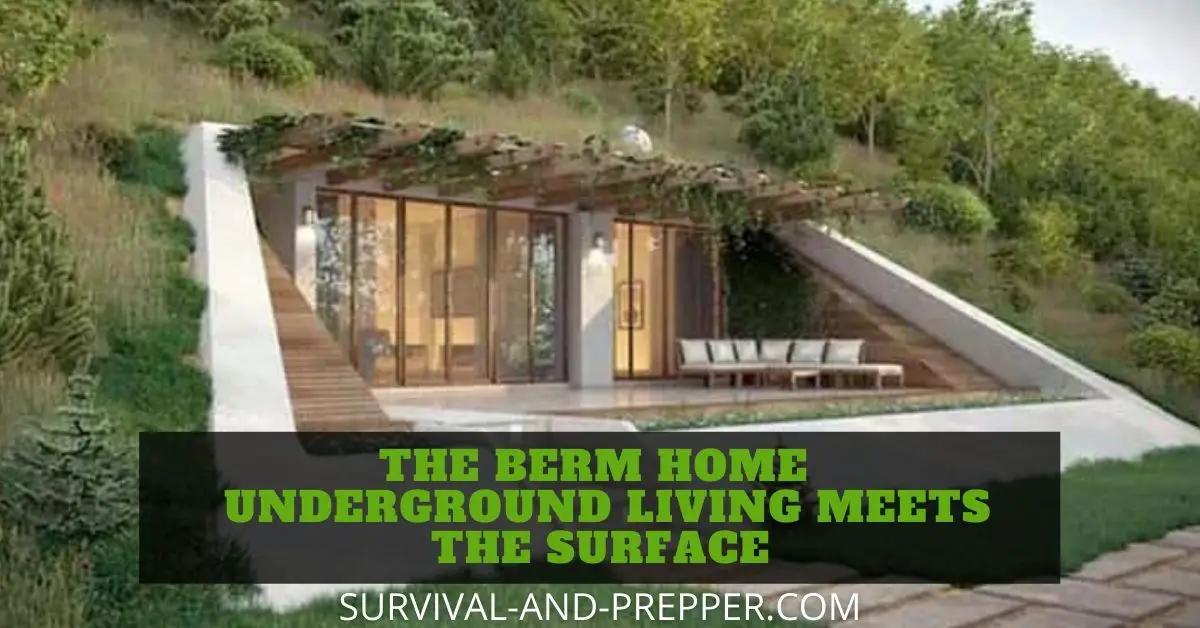





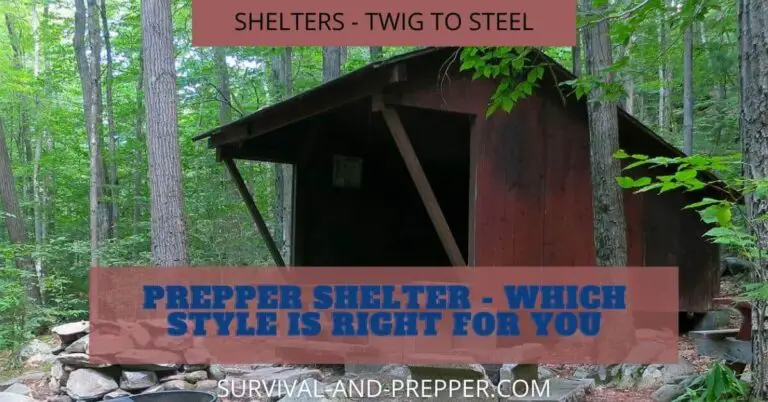
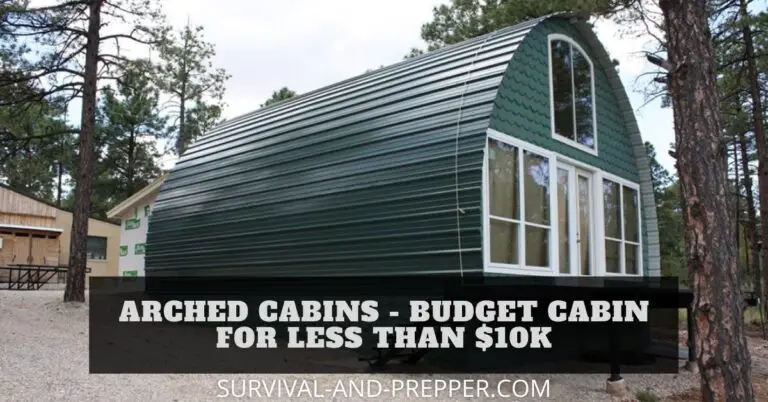
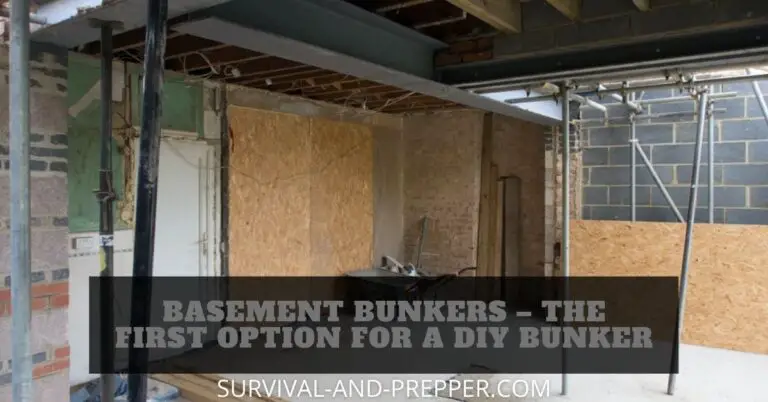
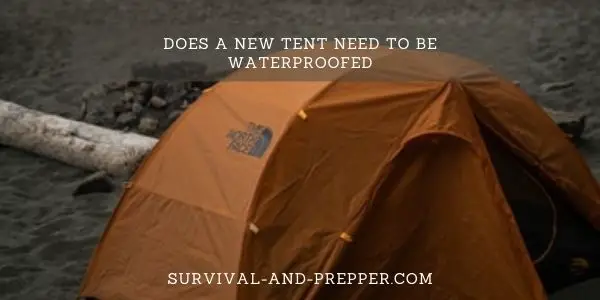
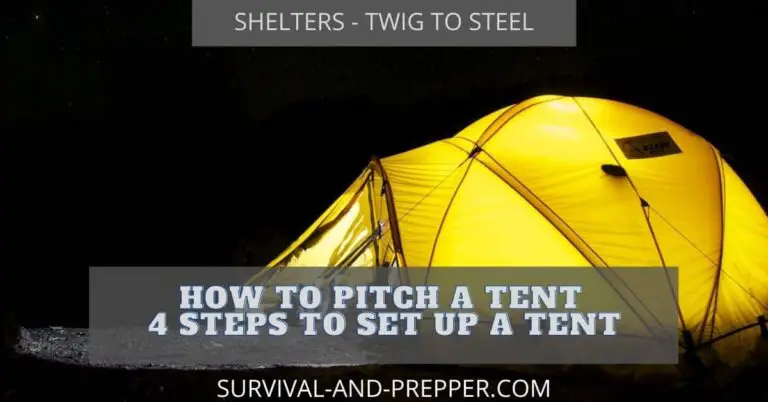
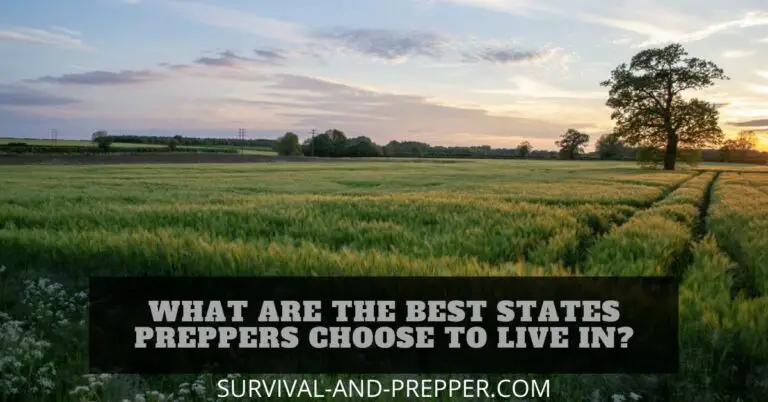
hello there and thank you on your information – I’ve definitely picked up anything new from right here. I did however experience several technical issues using this site, as I experienced to reload the website lots of instances prior to I could get it to load correctly. I were wondering in case your web host is OK? Now not that I’m complaining, however sluggish loading circumstances occasions will very frequently impact your placement in google and can injury your high-quality score if advertising and ***********|advertising|advertising|advertising and *********** with Adwords. Well I am including this RSS to my e-mail and can glance out for much more of your respective exciting content. Ensure that you update this once more very soon..
Thanks for your comment. I have been working on the site speed, as this is my first foray into the technical side I have been having some issues, I am attempting to find a redesign using a faster theme that I like the look of. I have also noticed the delay and am working on methods to fix it. I am glad that you enjoyed the content.
Do you mind if I quote a few of your posts as long as I provide credit and sources back to your weblog? My blog is in the very same area of interest as yours and my users would genuinely benefit from a lot of the information you present here. Please let me know if this okay with you. Cheers!
I do not mind if you qoute some portions of the posts. However, I would not like you qouting the entire article. A single paragraph and then a link to the full article is ok. That is because I intend to drive traffic via search engines and I want to avoid duplicate content. I hope you understand.